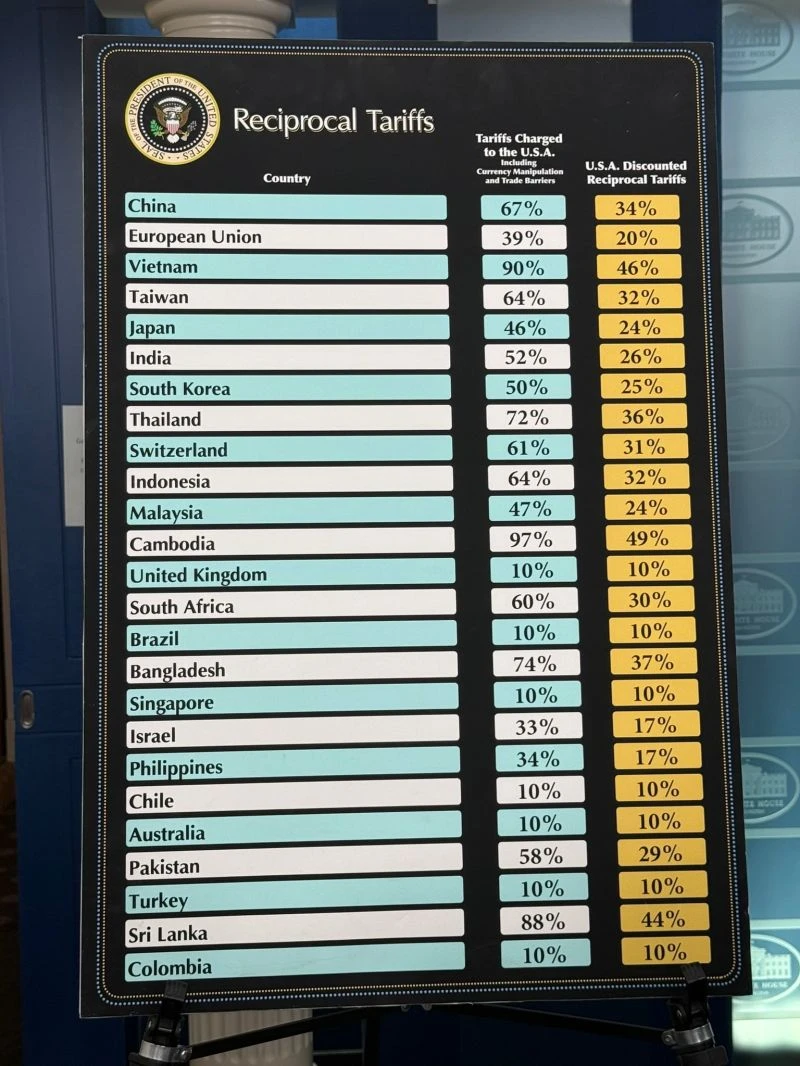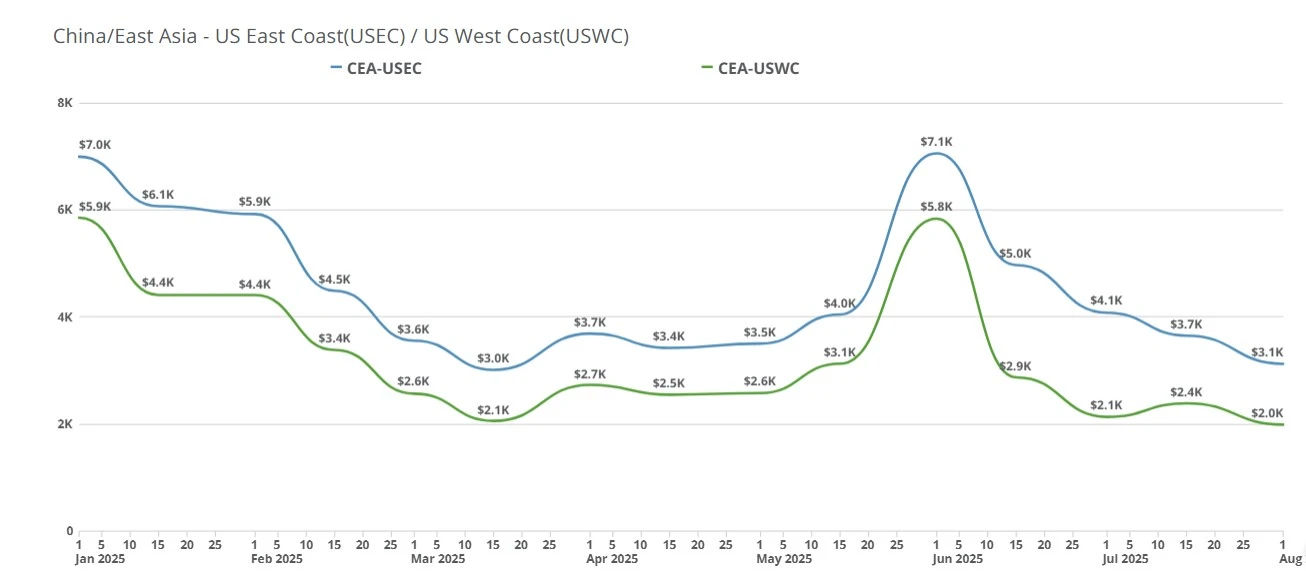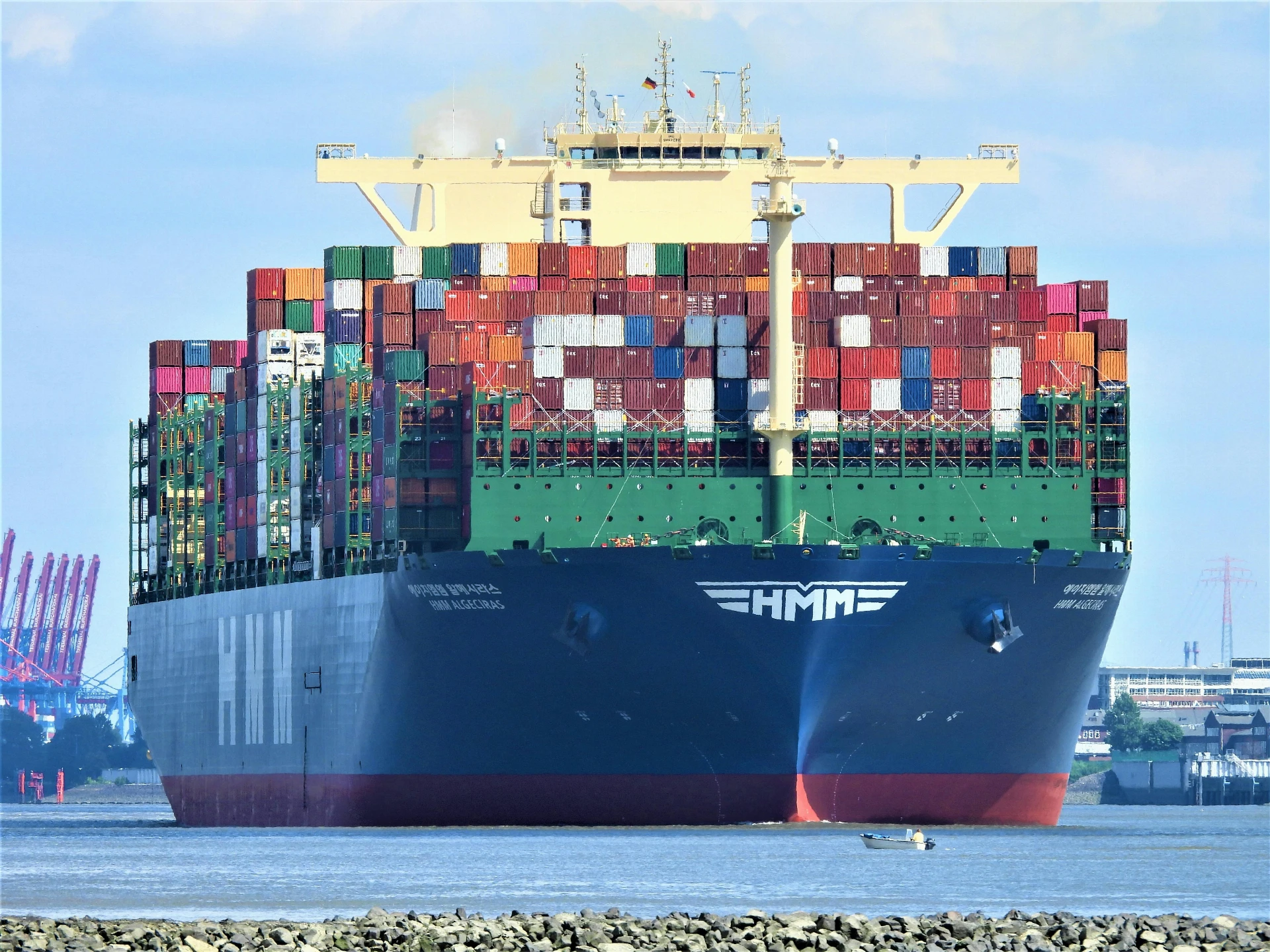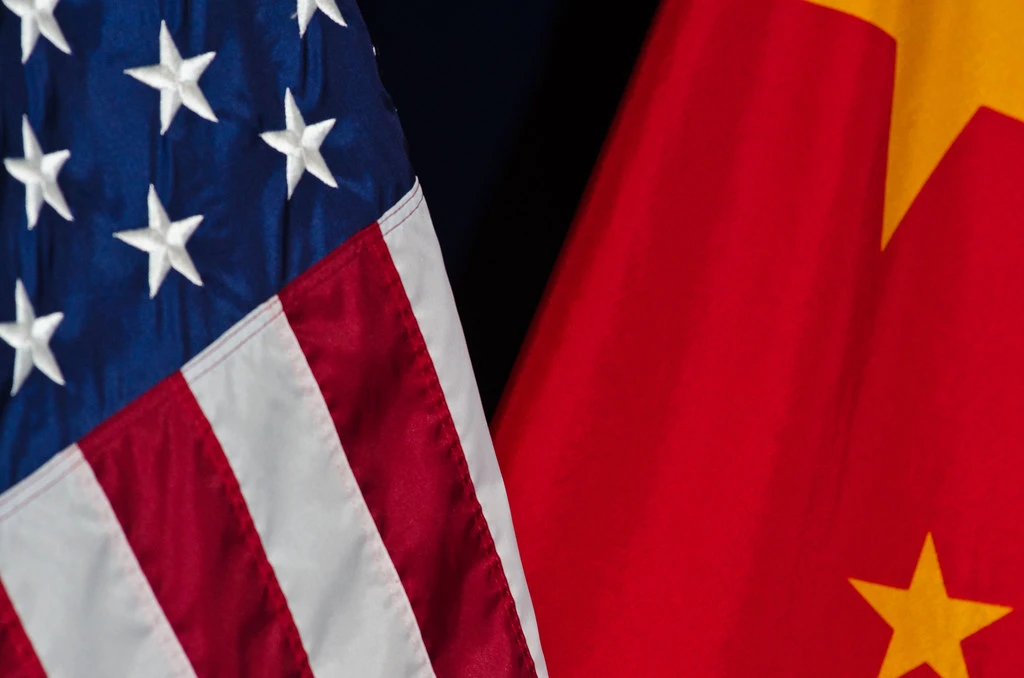

US Court of Appeals for the Federal Circuit has struck down most of President Trump’s global tariffs, ruling they were imposed without proper legal authority.
In a 7–4 decision, the U.S. Court of Appeals for the Federal Circuit held that the International Emergency Economic Powers Act does not permit the president to unilaterally impose tariffs. The court emphasized that Congress alone holds the constitutional power to regulate trade.
Despite the ruling, the tariffs remain in force. The judges granted a temporary stay until October 14, allowing the Trump administration time to seek review from the Supreme Court.
The case stems from earlier litigation in the U.S. Court of International Trade, which invalidated tariffs tied to the administration’s “Liberation Day” measures and actions against China, Canada, and Mexico. Friday’s ruling reinforces those findings at a higher judicial level.
Opponents, including states, trade groups, and small businesses, argued that the tariffs were unlawful taxes disguised as emergency powers. The appeals court agreed, stating that IEEPA does not authorize duties or tax-like measures.
Administration officials warned of potential economic fallout if the tariffs were overturned. Hours before the decision, they urged the court to delay a ruling, calling reversal a “dangerous diplomatic embarrassment.”
President Trump denounced the decision as partisan, vowing to take the fight to the Supreme Court. The administration has already confirmed its intent to appeal, setting the stage for a historic showdown over executive power and trade policy.
Legal analysts suggest the Supreme Court’s review will hinge on the separation of powers and the “major questions doctrine,” which requires clear congressional authorization for sweeping executive actions.
If the Supreme Court upholds the appeals court ruling, Trump’s tariffs would be struck down permanently. The government could be forced to refund as much as $100-160 billion in collected duties, while trade agreements built on the tariffs would face disruption. Such a ruling would reinforce Congress’s role as the sole authority on tariffs and limit future presidential use of emergency powers in trade.
If the Supreme Court instead rules in Trump’s favor, the president’s authority under emergency laws would expand dramatically. This would grant wide discretion to impose tariffs without congressional approval, setting a powerful precedent for future administrations. While markets might initially welcome stability, constitutional scholars warn it could weaken the separation of powers and embolden further executive action in trade and beyond.
With billions of dollars and the balance of power between Congress and the presidency at stake, the Supreme Court’s eventual decision could reshape US trade law and executive authority for years to come.

In a 7–4 ruling on August 29, 2025, the US Court of Appeals found President Trump exceeded his authority under IEEPA by imposing broad reciprocal tariffs. The decision is stayed until Oct 14, giving the administration time to appeal to the Supreme Court.

On April 2nd, the Trump administration announced reciprocal tariffs aimed at 50 countries and a baseline 10% tariff on all imports to the US. Here are the latest tariffs the US plans to levy against other countries.

The Los Angeles Business Journal has ranked Freight Right as the #19 Best Place to Work.

As the deadline before reciprocal tariffs take place, the Trump administration continues to make deals with nations around the world. Importers are back to taking a wait-and-see approach while rates USWC and USEC remain unchanged.

The Trump administration re-issued reciprocal tariffs to global trading partners August 1st, transpacific rates nearing 2024 lows, carriers at or approaching the lowest rates we're likely to see for the forseeable future & more.

Based on the latest insights from the 2025 National Trade Estimate Report, here’s a practical breakdown of the most pressing trade challenges across the United States’ top 10 goods trading partners.

Trump’s latest trade deal with China and South Korea cuts tariffs, boosts U.S. exports, and deepens security and economic cooperation.

Founder & CEO of Freight Right Global Logistics, Robert Khachatryan, sat down with Tuck Ly, Vice President of Clearpoint International, to discuss the major issues affecting the global supply chain and port congestion

The amount of truckers is dwindling and it is not good news for the freight industry. Why is this happening and what are the long and short term solutions?

Learn the top 2 reasons for eCommerce cart abandonment—high shipping costs and slow delivery—and discover actionable strategies to reduce lost sales and boost conversions.